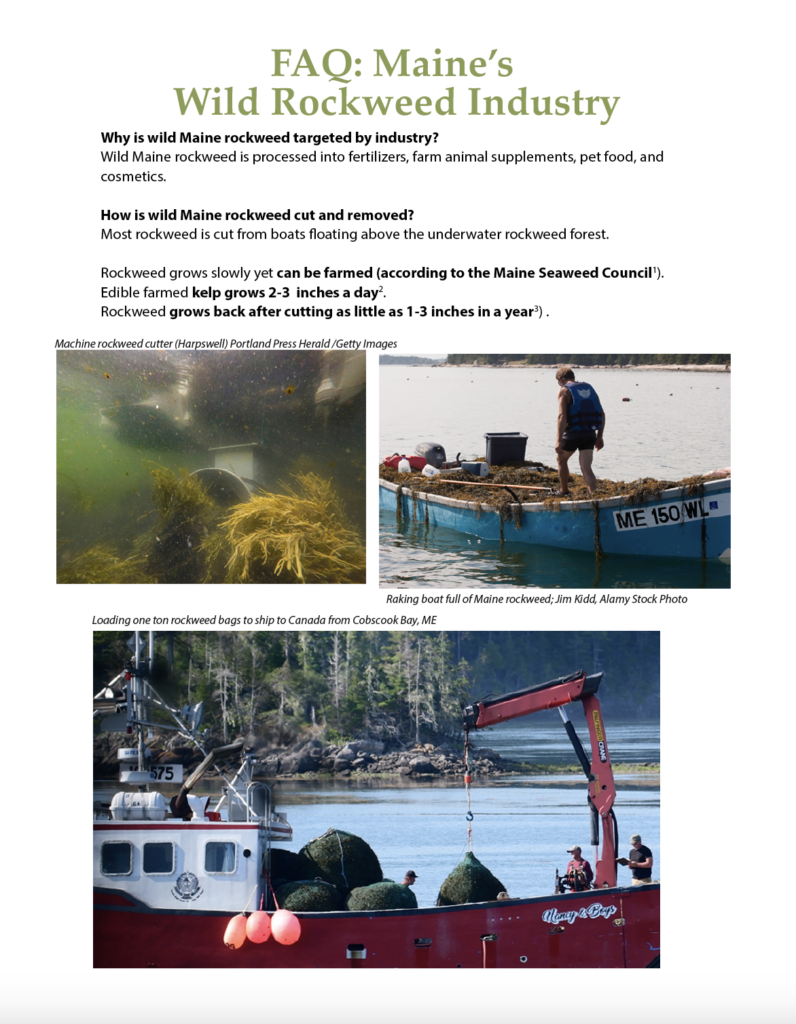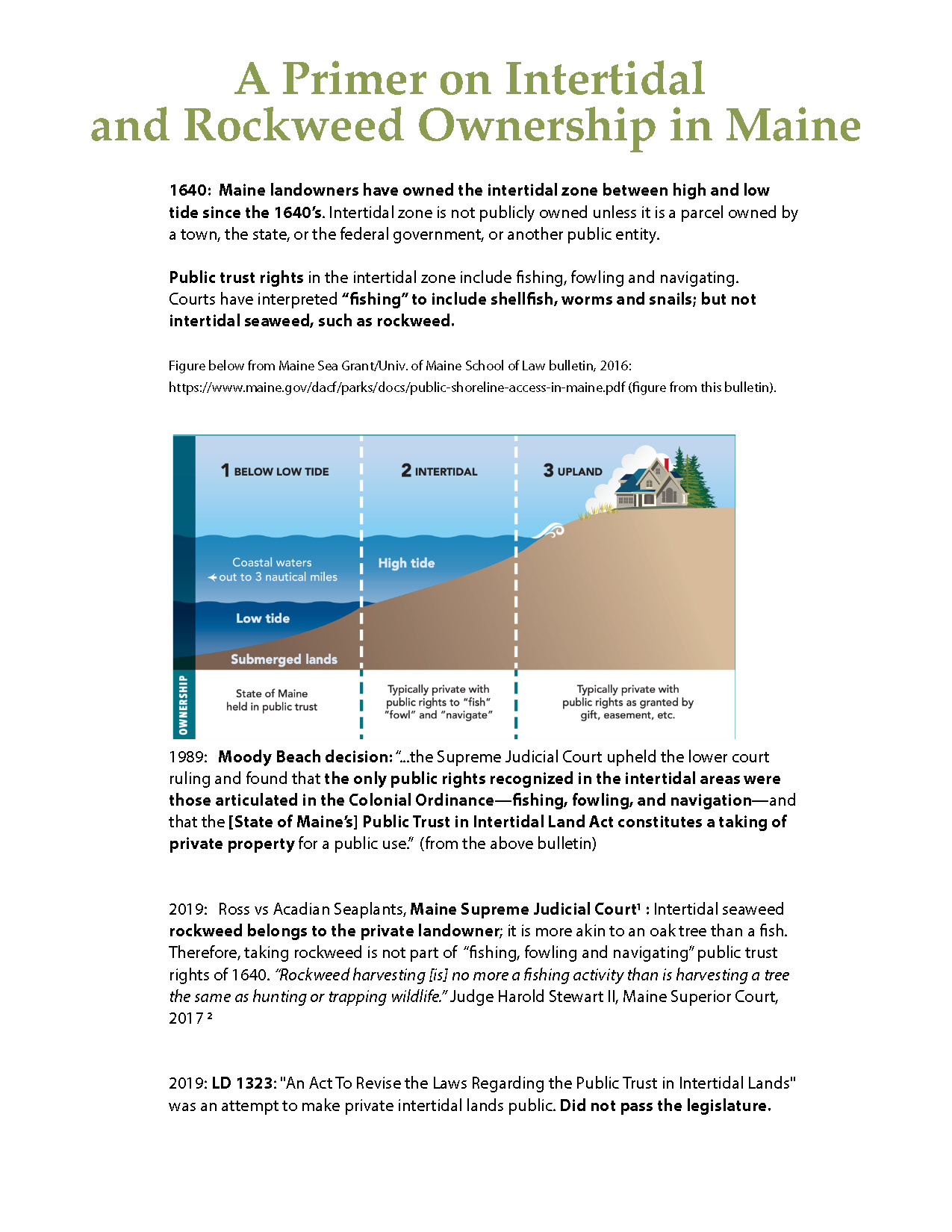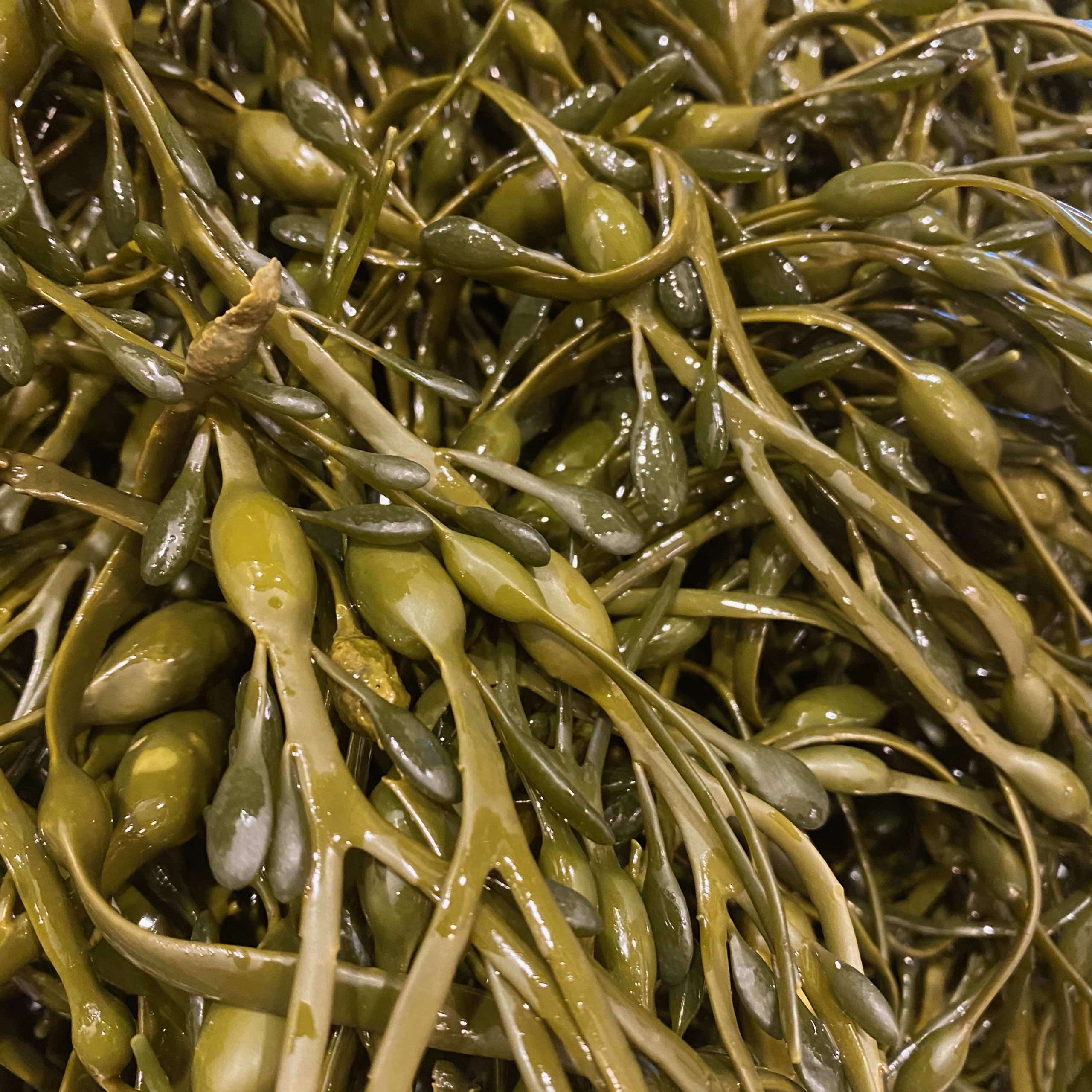Low battery
Battery level is below 20%. Connect charger soon.
In maine, where minerals leach from soil, rockweed is a local lifeline for gardens. Rockweed averages in length between 20-30 inches and can grow longer where there is less wave action to cause. Rockweed benefits | seaweed superfoods It grows on available hard surfaces, including rocks, shells, and dock pilings. Artillery weed occurs primarily in moist, disturbed areas but can tolerate dry conditions once established. · species description class: As you walk along the coast, you’ll see how the shoreline changes with the seasons and understand what these plants tell us about the health of the ocean. Rockweed, gunpowder plant, artillery fern life span: The edges are not serrated. Discover the benefits of seaweed for dogs: Half moon bay spend a day exploring the shoreline with tanya, where youll learn to identify and gather seaweeds like kombu, rockweed, bladderwrack, and dulse. With its unique appearance and potential. Discover the benefits of bladderwrack, including supporting thyroid function, gut health, and overall well-being. Other names associated with this seaweed are rockweed, dyers fucus, red fucus, black tang, bladder fucus, and rock wrack. With its delicate appearance and intriguing reproductive mechanism, it offers various benefits and uses in various settings. Rockweed fact sheet ascophyllum nodosum, more commonly called rockweed, is a species of brown algae or seaweed that is found along the new england coast. Bladder wrack, scientifically known as fucus vesiculosus, is a remarkable and ecologically significant species of brown seaweed found in areas between high and low tide marks along rocky coastlines in temperate regions worldwide. Angeloweed, artillery plant, rockweed introduction 🌱 pilea microphylla, commonly known as the artillery … Artillery plant, angeloweed, rockweed pilea microphylla, commonly known as artillery plant or rockweed, is a charming, low-maintenance plant that has captured the interest of gardeners and indoor plant enthusiasts alike. Seaweed scouting exploration: Learn how macro-algae supports canine health from … How to identify bladder wrack is an olive-brown wrack seaweed. Urticaceae other common names: Its a story of community collaboration, where the local use of rockweed supports both the environment and food security. In landscapes, artillery weed is typically found growing in rock mulch beds, in cracks in driveways and. Dicotyledonous plant family: Key species, nutrients, and safe use. “i like our tasting menu to represent different parts of the island, and seaweed is exactly what works to create that oceany, beachy flavour,” says ingham who uses fresh sea lettuce and nori, pickles rockweed tips and adds dried kombu to dressings and marinades. Pilea microphylla common names: It is used as a natural fertilizer or soil conditioner in … Annual or short-lived perennial habitat: Human uses for rockweed humans have utilized rockweed for various purposes. · bladderwrack was the original source of iodine used for medicinal reasons. Other common names for bladderwrack are rockweed, black tang, black tany, sea oak, bladder fucus, red fucus, rock wrack and cut weed. · and speaking of gardening, rockweed s role in enriching coastal soils is a lesson in sustainability and tradition. Bladderwrack is a seaweed superfood! It can be recognised by its strap-like, branching fronds that have air-filled bladders along their length (often appearing in pairs either side of the pronounced mid-rib). It was discovered back in 1811 and used mainly to treat goiter – a swelling of the thyroid glands linked to iodine deficiency.




